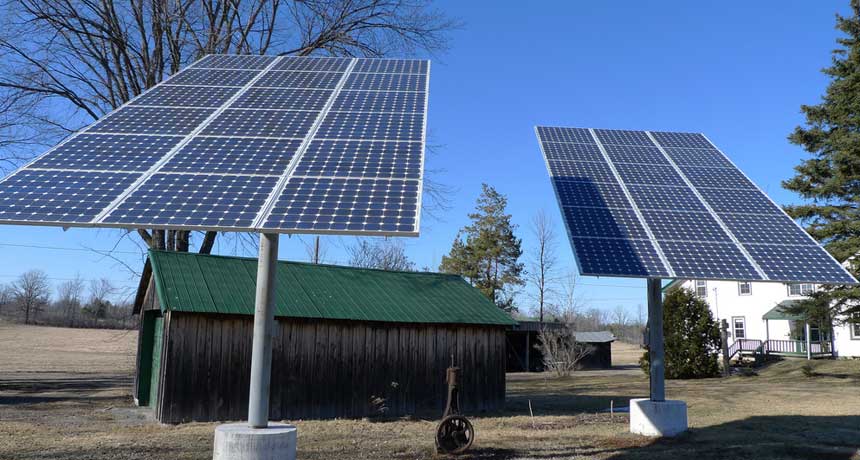Scientists Say: Photovoltaic
This term describes the transformation of light into electricity

These solar panels take energy from the sun and convert it into electricity using the photovoltaic effect.
Christine/Flickr (CC BY-SA 2.0)
This term describes the transformation of light into electricity

These solar panels take energy from the sun and convert it into electricity using the photovoltaic effect.
Christine/Flickr (CC BY-SA 2.0)